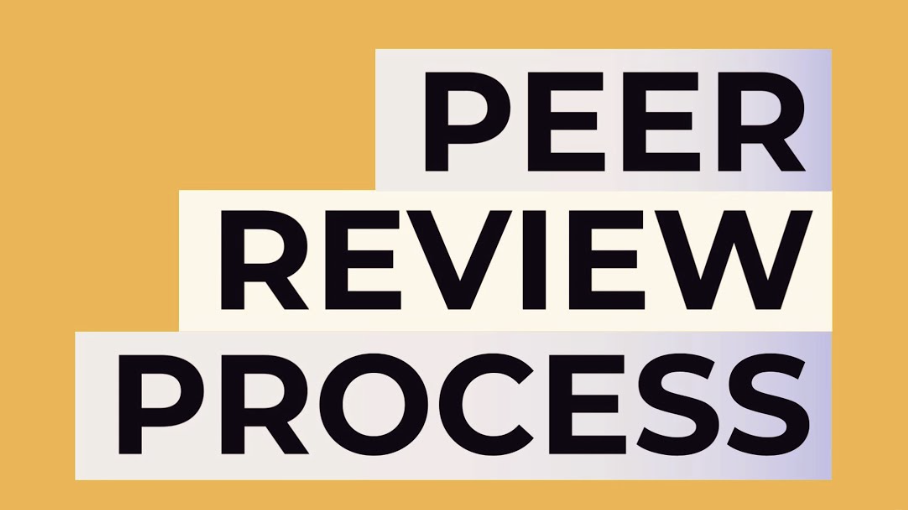
Understanding peer review organizations
Definition and Purpose
Peer review organizations play a crucial role in maintaining and improving healthcare quality. These entities evaluate the performance of healthcare providers, ensuring they meet established standards of care. The primary purpose of peer review organizations is to promote excellence in medical practice by assessing the appropriateness, quality, and efficiency of healthcare services.
These organizations act as independent arbiters, examining medical records, treatment plans, and outcomes to identify areas for improvement. By doing so, they help healthcare providers enhance patient care, reduce medical errors, and optimize resource utilization. Peer review organizations also serve as a safeguard for patients, ensuring they receive high-quality care that adheres to best practices and evidence-based medicine.
Types of Peer Review Organizations
Peer review organizations come in various forms, each with its unique structure and focus. Understanding these different models can help healthcare providers better prepare for assessments and improve their overall performance.
Internal peer review organizations: Operate within a healthcare institution
External peer review organizations: Independent entities providing objective assessments
Here's a comparison of internal and external peer review structures:
Aspect | Internal Peer Review | External Peer Review |
|---|---|---|
Evaluators | Colleagues within the same institution | Independent experts from outside the organization |
Scope | Limited to the specific institution | Can assess multiple healthcare providers |
Familiarity | High familiarity with local practices | Objective perspective, less influenced by institutional culture |
Frequency | Often ongoing or more frequent | Usually conducted at set intervals or as needed |
Preparing for Your Peer Review Assessment
Gathering Necessary Documentation
Preparing for a peer review assessment requires proper organization and foresight. The key to success lies in gathering and organizing all necessary documentation well in advance of the review.
Essential records and data to compile include:
Patient medical records
Treatment plans and protocols
Outcome data and quality metrics
Continuing education certificates
Licensing and credentialing information
Relevant research or publications
Consider using digital tools like ResearchFlow to organize this information efficiently. Its AI-powered system can help categorize and analyze your documentation, making it easier to identify trends and areas for improvement.
Conducting a Self-Assessment
Before the official peer review, conduct a thorough self-assessment to identify potential areas of concern and address them proactively. To evaluate your own practices effectively:
Review patient outcomes and compare them to national benchmarks
Analyze adherence to clinical guidelines and best practices
Assess communication skills and patient satisfaction scores
Examine resource utilization and efficiency metrics
Use ResearchFlow's advanced analytics features to dive deep into your performance metrics and create interactive knowledge maps to visualize complex data.
Navigating the Peer Review Process

Key Stages of Peer Review
Understanding the typical timeline and stages of a peer review assessment can help you navigate the process with confidence. Most peer reviews follow a similar structure:
Notification and scheduling
Document submission
Initial review
On-site visit or virtual meeting
Draft report
Feedback opportunity
Final report and recommendations
Throughout this process, remain open, transparent, and responsive. Use ResearchFlow to keep track of each stage, storing relevant documents and notes in a centralized, easily accessible location.
Effective Communication Strategies
Clear and professional communication is crucial during the peer review process. When interacting with reviewers, remember these best practices:
Be honest and transparent about your practices and challenges
Use data and specific examples to support your statements
Listen actively to feedback and ask clarifying questions
Demonstrate a willingness to learn and improve
Leverage ResearchFlow's knowledge mapping features to create visual representations of your clinical processes, decision trees, or quality improvement initiatives.
Leveraging Technology in Peer Review Organizations

AI-powered analysis tools
The integration of artificial intelligence (AI) into peer review processes is revolutionizing how healthcare quality is assessed and improved. ResearchFlow's AI capabilities can enhance the peer review process by comparing practice patterns against established best practices, identifying potential areas of improvement based on statistical analysis, and highlighting innovative approaches that align with cutting-edge research.
Data Visualization for Peer Review
Data visualization tools transform complex information into easily digestible formats, allowing reviewers to quickly grasp key points and trends. ResearchFlow's knowledge maps are particularly powerful for effective reporting in peer review contexts, enabling you to illustrate interconnections between various aspects of patient care, show progression of quality improvement initiatives over time, and demonstrate rationale behind clinical decision-making processes.
Post-Assessment Action Plan
Interpreting Feedback and Results
After the peer review assessment, approach the feedback systematically and with an open mind. Use ResearchFlow to create a structured analysis of the feedback, categorizing comments into areas such as clinical skills, patient communication, documentation, and resource utilization.
Implementing Changes and Continuous Improvement
Develop a concrete action plan for improvement based on the feedback received. Use ResearchFlow's tracking features to monitor your progress on each improvement initiative and maintain a proactive approach to quality improvement.
By following these guidelines and leveraging technology like ResearchFlow, you can ace your peer review organization assessment and position yourself for long-term success and excellence in healthcare delivery.
